THE BIRTH OF RECORDING
Phonautograph–1857
Édouard-Léon Scott de Martinville
-
Discovered in 2008
-
To study acoustics
-
Recording only– No playback!
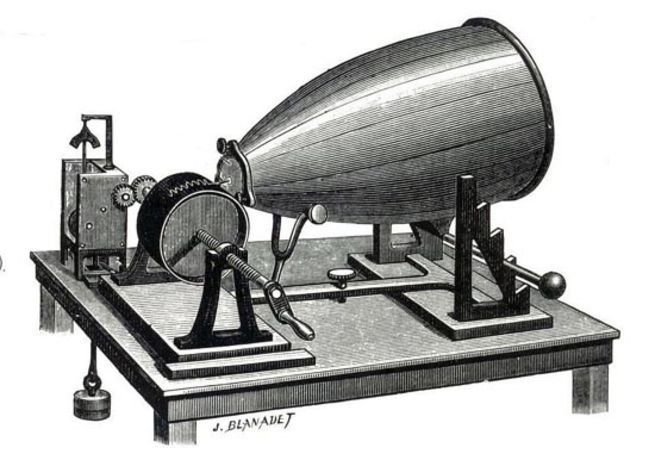
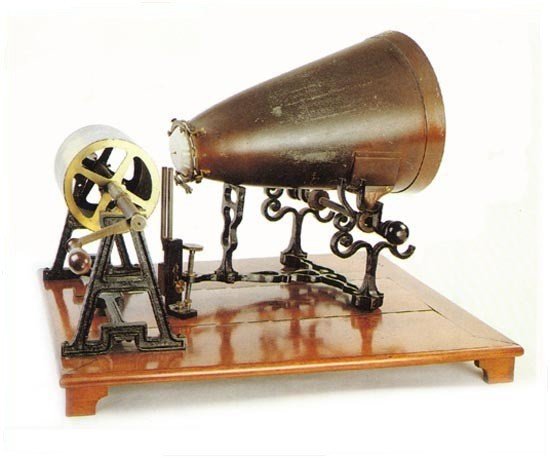
FIELD RECORDING & ENGINEERING
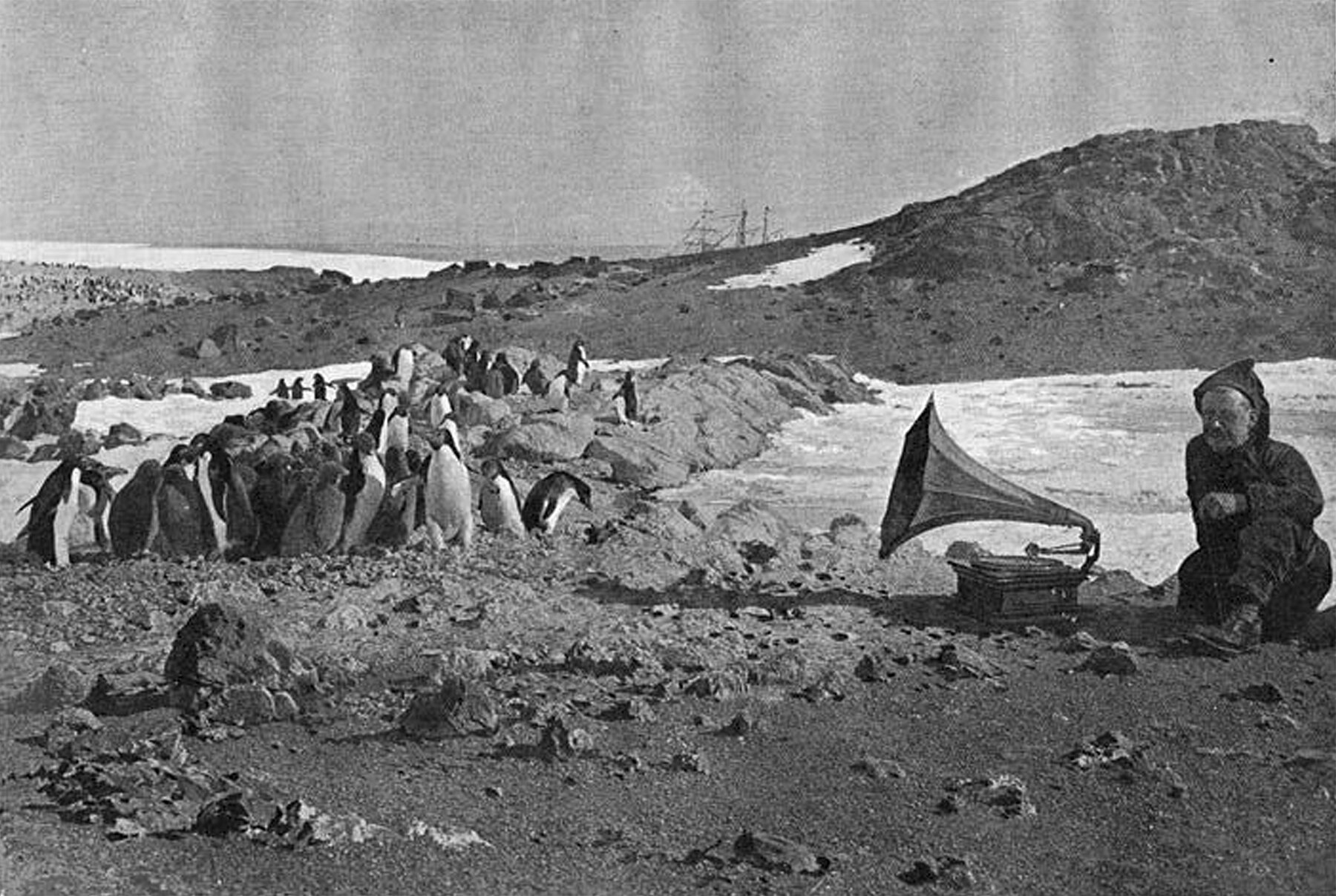
Dr Alexander Macklin looks on, during the Endurance expedition to the Antarctic led by Ernest Shackleton (1907).
Béla Bartók
with Zoltán Kodály
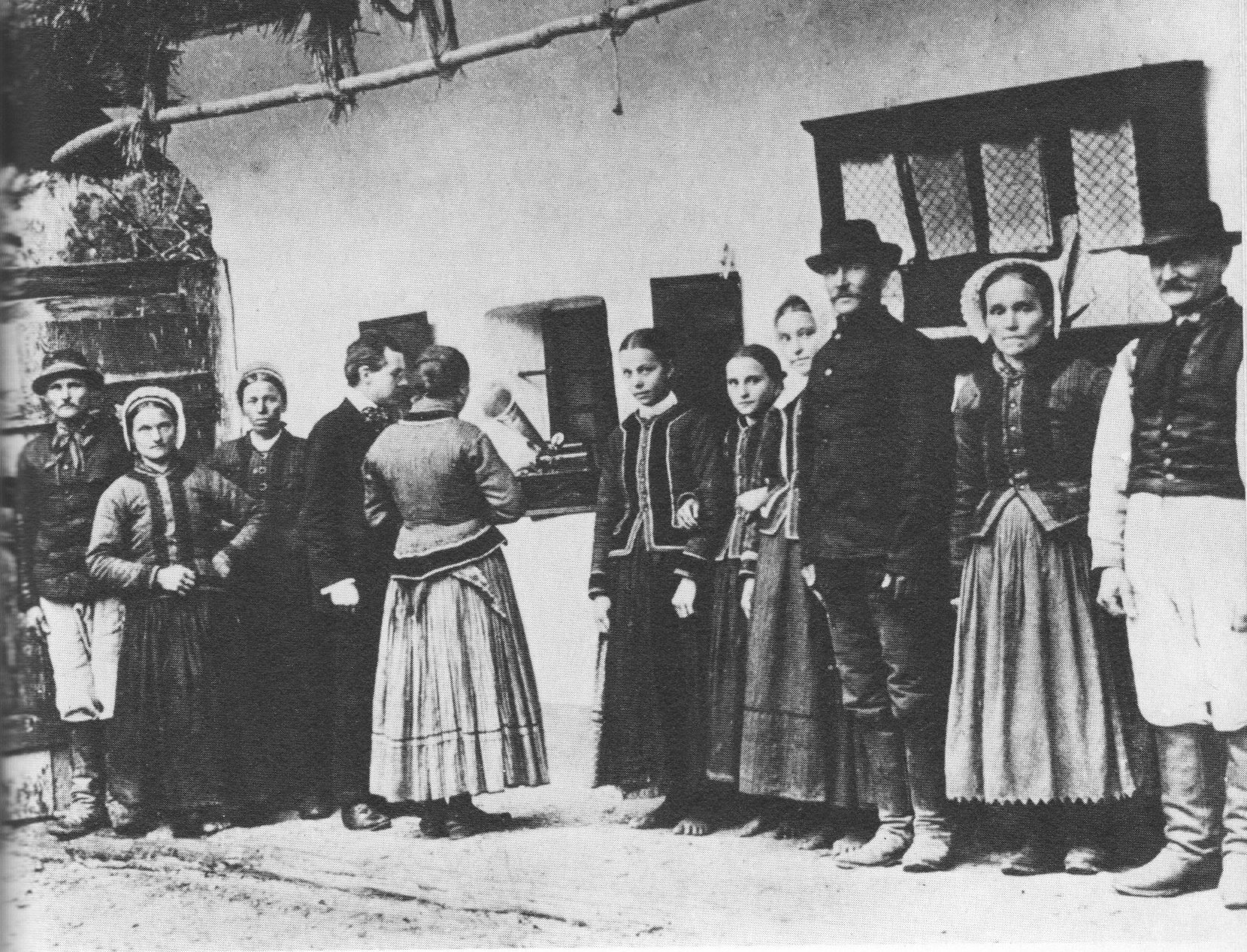
Frances Densmore
-
From Red Wing!
-
Office of Ethnography, Smithsonian
-
First field recordings of Native Americans
-
First woman recording engineer
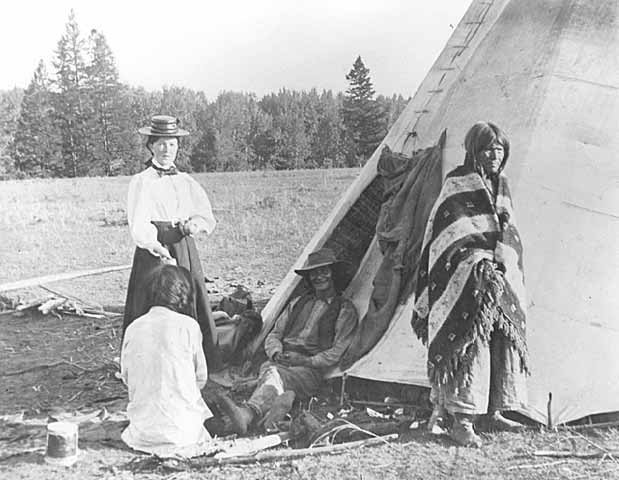
Frances Densmore
Ludwig Koch
Ludwig Koch
First-ever wildlife recording in 1889, age 8!
Wanted by Nazi regime, immigrated to England
Developed the "sound-book"
Lifelong travels, recording, archiving, and broadcasting with BBC
Alan Lomax
(1915–2002)
Archive
Alan Lomax interview with Charles Kuralt (1991)
Alan Blumlein
(1903–1942)
-
Records: Stereo disc-cutting head and method
(stereo LPs were still 25 years away!) - Miking: Blumlein and mid/side stereo techniques
- Also TV, sonar, radar
British Electrical Engineer
1933 Patent for stereo techniques
The Revolution of the Microphone
from Soundbreaking: Stories from the Cutting Edge of Recorded Music
The "Ghost Army" of WWII
SOUND IN CINEMA
"Talkies"
The Jazz Singer (1927)
First feature-length sound film to include dialog, sync singing, and SFX
(though only for a short section)
Sound fundamentally changed the requirements for acting in film. One result was a massive and sudden turn-over in actors.
King Kong (1933)
Murray Spivak
First person to manipulate sound in a creative way for cinema.
from Making Waves: The Art of Cinematic Sound
EARLY TAPE MUSIC
Musique Concréte
Pierre Schaeffer
(1910–1995)
Spinning locked-groove records in the 1940s (before tape)
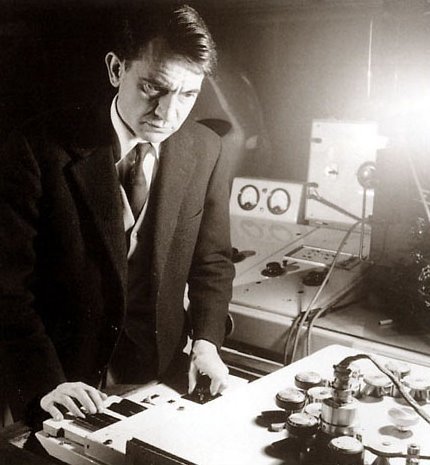
GRM Studio, Paris
Jacques Poullin, audio engineer
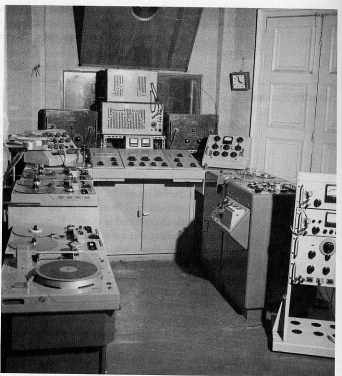
-
First significant electronic music studio
-
Part of French state radio (government support)
-
Pierre Henry, composer/collaborator
-
First opportunity with electronic music for many composers
Composer/Technician Collaboration:
Jacques Poullin, audio engineer
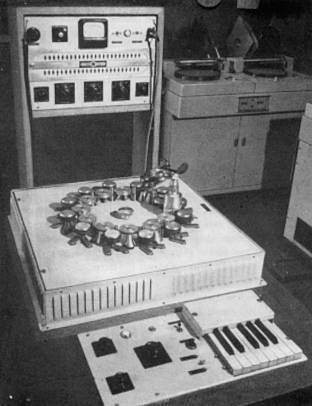
Phonogene
(10 head variable-speed tape machine wth keyboard controller)
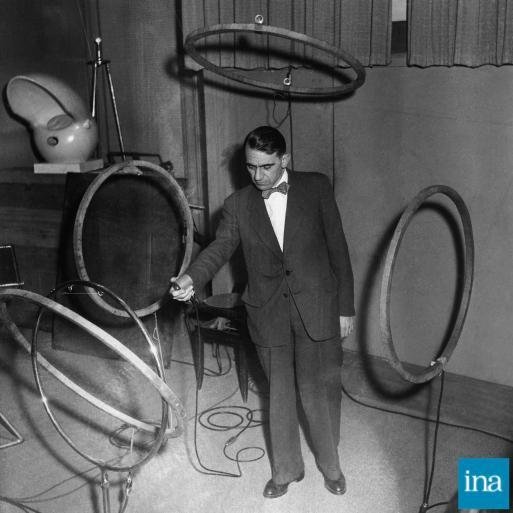
Schaeffer doing something, with something
Iannis Xenakis
Stochastics: Statistics & probabilitiy to create sound masses
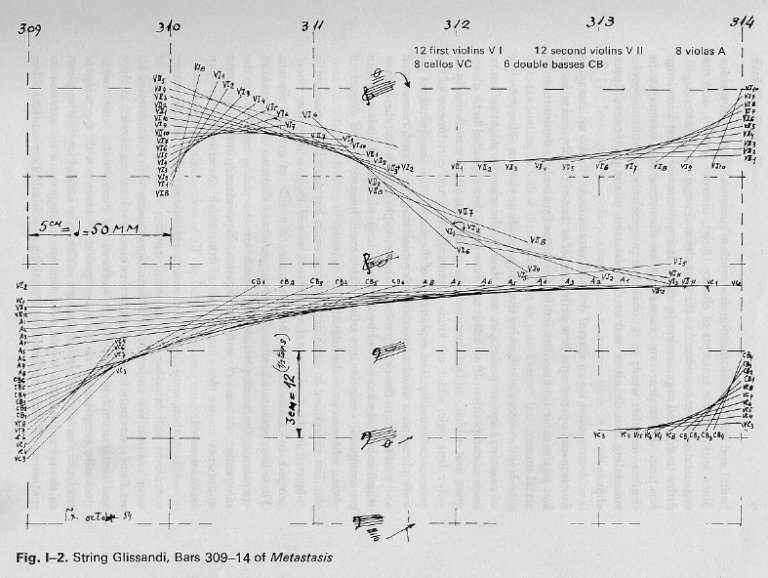
Concret pH (1958)
Musique Concréte (tape) work, created by manipulating recordings of burning coal embers
Start with a sound made up of many particles, then see how you can make it change imperceptibly, growing and developing, until an entirely new sound results...
Concret pH (1958)
Musique Concréte (tape) work, created by manipulating recordings of burning coal embers
I seek extremely rich sounds that have a long duration, yet with much internal change and variety. Also, I explore the realm of extremely faint sounds highly amplified. There is usually no electronic alteration of the original sound, since an operation such as filtering diminished the richness.
Columbia Tape Music Center
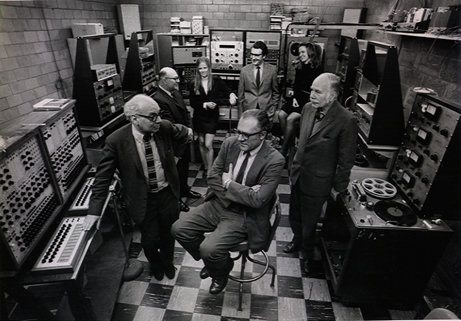
- First large electronic music studio in the U.S.
- Columbia University (academic support)
- Vladimir Ussachevsky, Otto Luening
First 'live' concert of all electronic music
MOMA (NYC), October 1952
- Work could be replayed in precisely the same way
- Replaying was not dependent on a human performer
- Basic elements were often recognizable ("concrete"), giving the listener a different mode of listening than abstract music